Have you ever wondered which animal that travels alone in safari? In the vast wild world, some animals prefer to travel and live by themselves. When we go on safaris, which are trips to see wild animals in their natural homes, we might see some of these lonely travelers. This makes them even more interesting to learn about. Let’s explore and discover more about these animals that move alone.
Did You Know?
On a safari, one notable animal that travels alone is the leopard. Leopards are solitary and highly territorial, relying on their stealth and powerful hunting skills to survive. Unlike some other big cats, leopards spend most of their lives alone, except during mating or when a mother is raising her cubs. Their solitary nature helps them avoid competition and increase their hunting success.
1. Animals Known for Their Solitary Nature
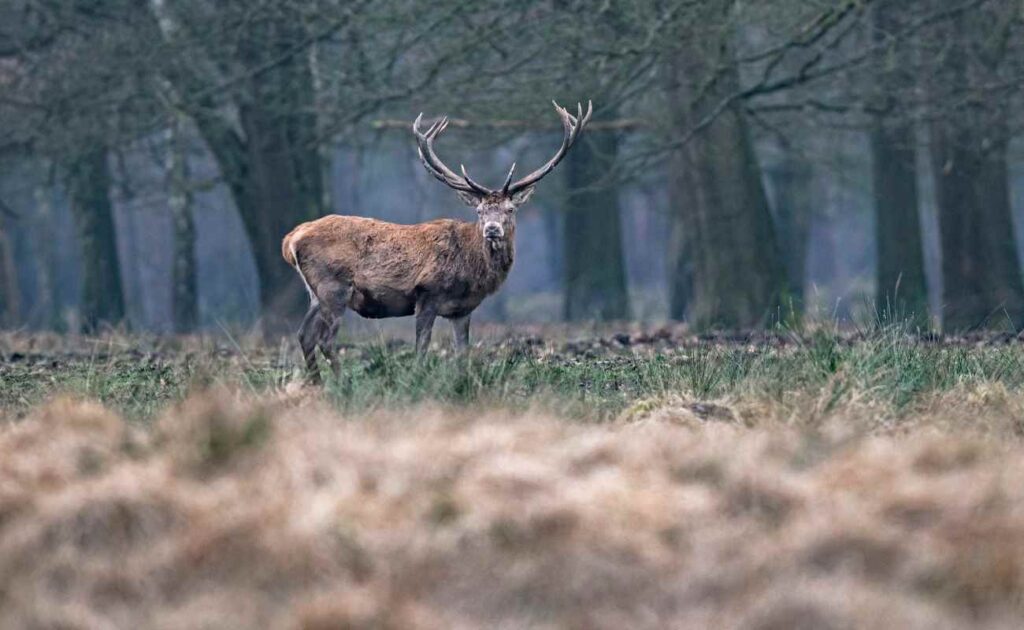
Solitary animals are those that like to live and move by themselves instead of in groups. They have various reasons for this behavior, such as needing space or being better hunters alone. Understanding these reasons helps us appreciate the unique lifestyles of an animal that travels alone in safari.
Examples of What’s an Animal That Travels Alone in Safari?
There are many animals known for their solitary nature. Some of them include:
- Leopards: These big cats are known for their solitary hunting and territorial nature.
- Rhinoceros: Rhinos are usually alone, except when a mother is with her calf.
- Bears: Although not found in African safaris, bears are classic examples of solitary animals.
- Orangutans: While they live in Asia, orangutans are famous for their solitary lives.
2. Which Animal Moves Alone?
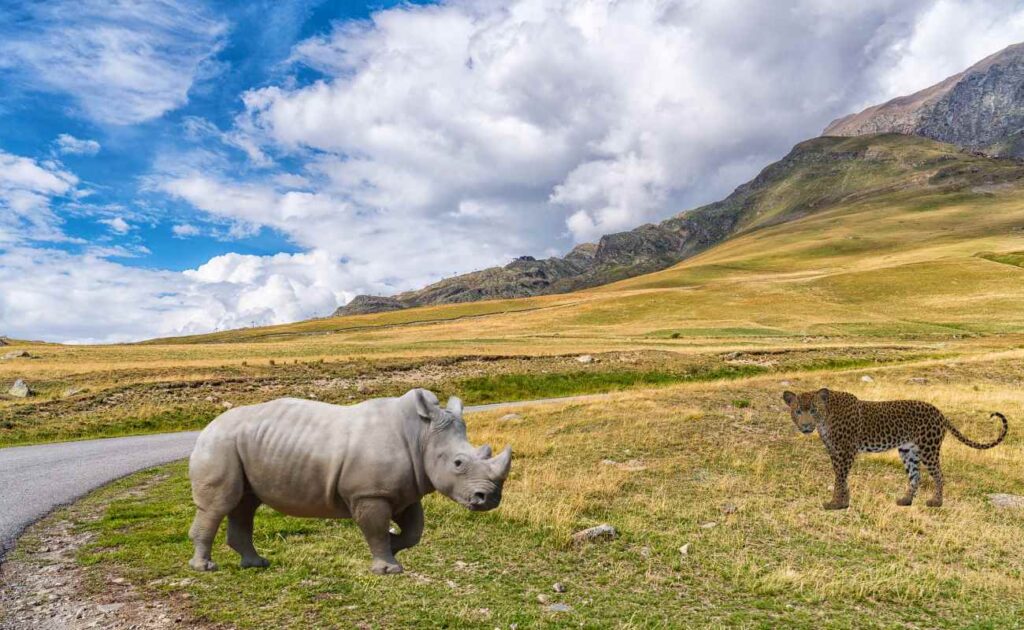
Leopards
Leopards are excellent examples of animals that move alone. They are big cats known for their stealth and strength. Leopards prefer to hunt and live alone because it allows them to be more efficient hunters. When a leopard is alone, it can quietly sneak up on its prey without being detected. Leopards have large territories that they mark and defend fiercely. Each leopard’s territory is big enough to provide all the food and resources it needs. This solitary lifestyle helps them avoid conflicts with other leopards.
Rhinoceros
Rhinos are another animal that typically moves alone. These massive creatures need a lot of space to find enough food and water. Rhinos are usually solitary except for mothers with their calves. The mother stays with her calf until it is old enough to survive on its own. Rhinos have strong territorial instincts and prefer to have their own space. Their solitary nature helps them avoid competition for resources.
Other Examples
In addition to leopards and rhinos, other animals also prefer to move alone. Some types of big cats, like certain tigers and jaguars, also have solitary lifestyles. Bears, although not found in African safaris, are known for their solitary habits. These animals all have unique reasons for preferring to be alone. Observing an animal that travels alone in safari helps us understand the variety of solitary behaviors in the animal kingdom.
3. What Animal is Known for Being a Loner?
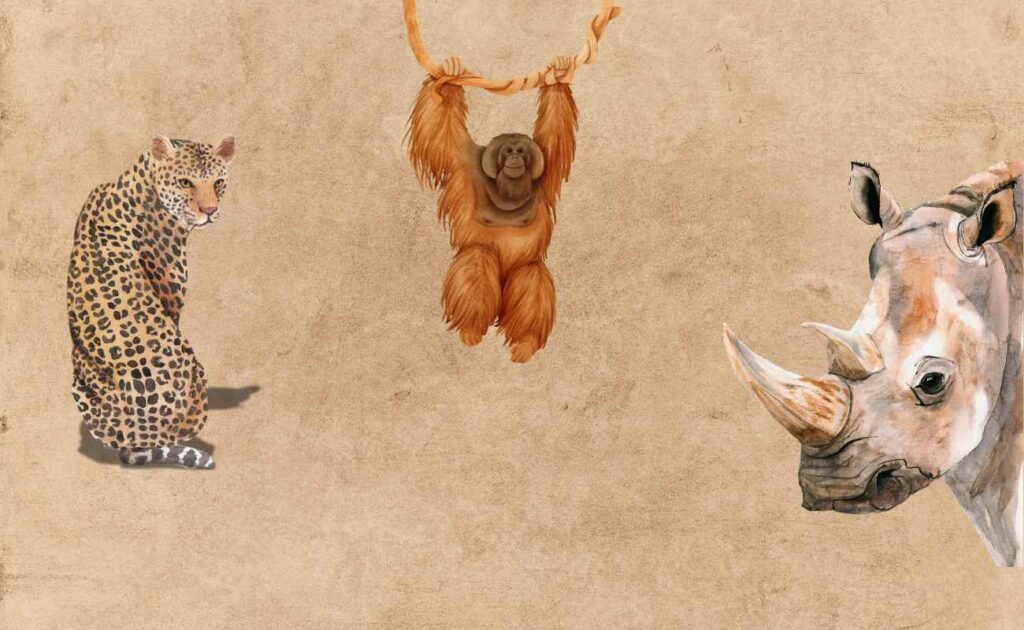
Leopards
Leopards are the perfect example of loners in the animal kingdom. They have large territories where they live alone and only come together to mate. After mating, they go their separate ways again. Leopards are very secretive and rarely seen in groups. Their solitary nature makes them excellent hunters. They rely on stealth and surprise to catch their prey, and being alone helps them stay unnoticed. An animal that travels alone in safari, like the leopard, showcases how solitude can be a powerful survival strategy.
Rhinoceros
Rhinos are also known for being loners, making them a notable animal that travels alone in a safari. They are big and need a lot of food, so they spread out to find enough to eat. Rhinos have large home ranges that they patrol regularly. They mark their territories with dung and urine to warn other rhinos to stay away. This solitary lifestyle helps them avoid conflicts over resources. The only time rhinos are not alone is when a mother is caring for her calf.
Orangutans
Orangutans, though not found in African safaris, are famous for being loners. These great apes live in the forests of Asia and spend most of their time alone. Orangutans are solitary because they need a lot of food and space. They eat fruit, leaves, and insects, which are spread out in the forest environment. By living alone, orangutans can find enough food to survive. They only come together to mate and then go their separate ways.
4. Which Animals Walk Alone?
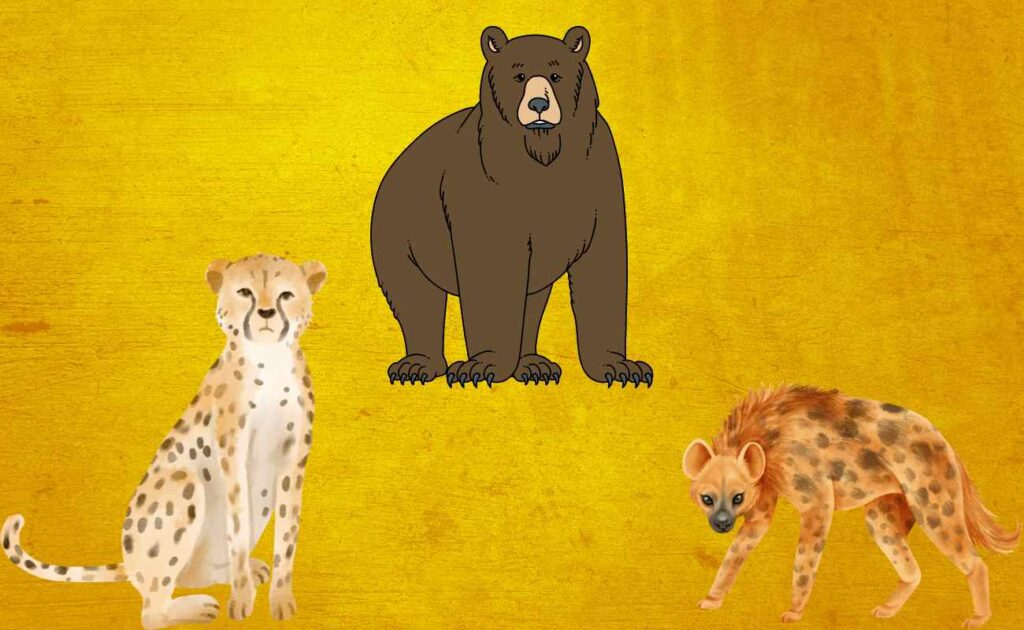
Cheetahs
Cheetahs are known for their incredible speed and solitary nature. While female cheetahs often stay with their cubs, male cheetahs usually walk alone. Male cheetahs sometimes form small groups called coalitions, but many prefer to be alone. These fast cats rely on their speed to catch prey and usually hunt by themselves. Walking alone allows them to move quietly and swiftly through the grasslands.
Hyenas
Hyenas are often seen in packs, but some hyenas walk alone. Solitary hyenas are usually older males that have left their pack to find new territory. These lone hyenas search for food by themselves and often cover large distances. Walking alone helps them avoid competition with other hyenas in their pack. While they may join a new pack eventually, these hyenas enjoy the freedom of being alone.
Bears
Bears are solitary animals that live in other parts of the world. They are not typically found in African safaris, but they are known for their solitary nature. Bears prefer to walk alone and have large territories that they defend from other bears. They only come together during mating season or when a mother bear is raising her cubs. Walking alone helps bears find enough food and avoid conflicts with other bears.
5. Why Do These Animals Prefer Solitude?

Territorial Behavior
Many solitary animals need a big area all to themselves to find enough food and water. By having their territory, they can ensure they have enough resources to survive. These animals mark their territories with scents or markings to warn others to stay away. This territorial behavior helps an animal that travels alone in safari avoid conflicts and competition.
Hunting Techniques
Animals like leopards and cheetahs hunt better alone because they can be quieter and sneak up on their prey. Being alone helps them stay hidden and unnoticed. These animals rely on stealth and surprise to catch their prey. By hunting alone, they can move silently and get closer to their prey without being detected.
Social Structure
Some animals just don’t need to be around others. They do fine on their own and don’t rely on social interactions for survival. These animals have adapted to living alone and have developed unique ways to find food and stay safe. Their solitary nature helps them avoid conflicts and ensures they have enough resources to survive.
6. Observing Solitary Animals in Safaris
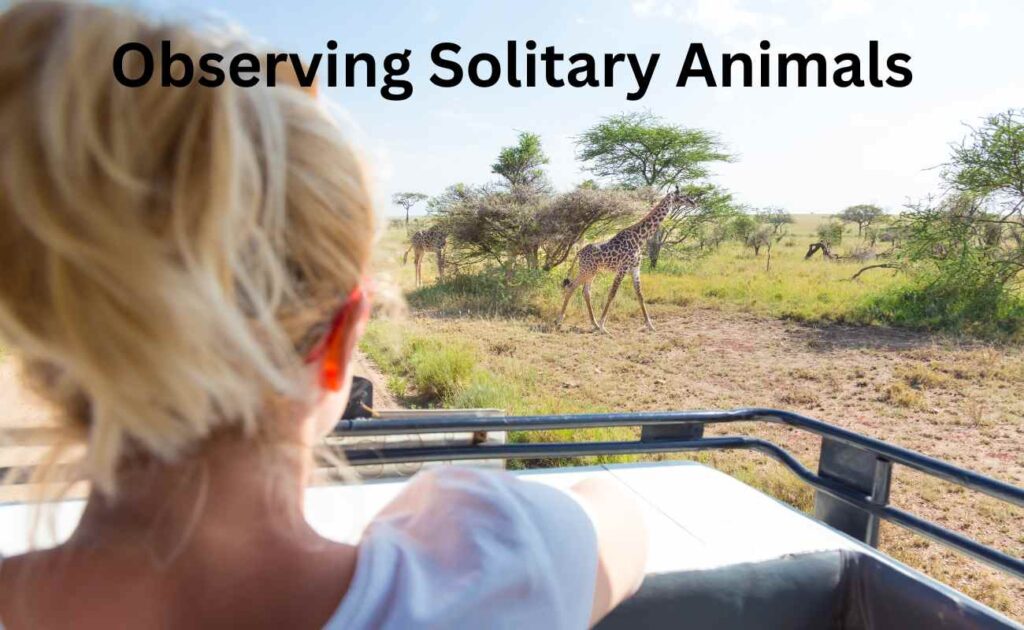
Best Practices
When on a safari, it’s important to be quiet and patient. Solitary animals are often shy and careful, so it’s important not to scare them away. Move slowly and avoid making loud noises. Use binoculars to watch them from a distance without disturbing them. By being quiet and patient, you can have a better chance of seeing these amazing animals.
Guided Tours
Having a guide is great because they know where to look for solitary animals and how to spot them. Guides are experts at finding and identifying animals. They can take you to the best places to see solitary animals and give you interesting information about them. Guided tours are a great way to learn more about these fascinating animals and see them up close.
Respecting Wildlife
Always stay at a safe distance from the animals. It’s important to watch them without disturbing them. Remember that you are a guest in their home, and it’s important to respect their space. Don’t try to touch or feed the animals. By respecting wildlife, you can help protect these amazing animals and their habitats.
Conclusion
Solitary animals are fascinating because they have unique ways of living and surviving alone. From the stealthy leopard to the strong rhino, these creatures show us the beauty and strength of being alone. Next time you’re on a safari, keep an eye out for an animal that travels alone in safari, and remember to share your adventures with your friends! Observing these solitary animals in their natural habitat can be a truly amazing experience. It helps us appreciate the diversity and wonder of the animal kingdom.






GIPHY App Key not set. Please check settings